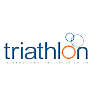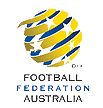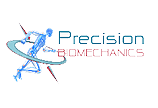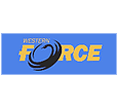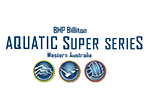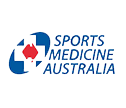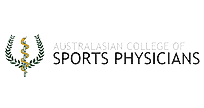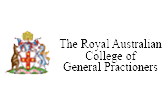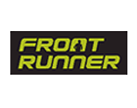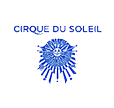Golfer’s Elbow
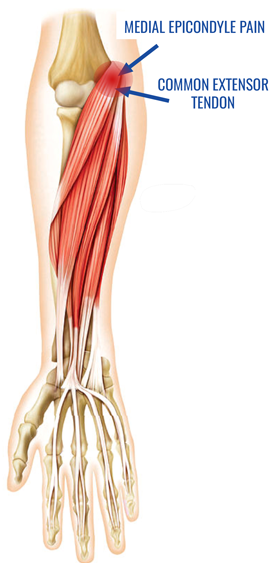
What is Golfer’s Elbow?
There are many different medical terms for Golfer’s Elbow such as Medial Epicondylitis, Medial Epicondylalgia or Common Flexor Origin Tendinopathy. There are many muscles on the front of the forearm that all join and attach near the elbow by a small, shared tendon. Golfer’s Elbow occurs when that tendon gets overloaded, inflamed, strained or a combination of all three. Golfer’s Elbow commonly occurs due to unaccustomed, heavy or repetitive hand, wrist or forearm activities. This condition can certainly occur in golfers, but it also occurs in a variety of other movements including gym exercises.
What are the symptoms of Golfer’s Elbow?
The main feature of Golfer’s elbow is pain directly on the ‘inside’ bony point of the elbow. Usually the pain is aggravated by lifting and gripping at certain angles of elbow, forearm and wrist movement.
How is Golfer’s Elbow diagnosed?
In the vast majority of cases, Golfer’s Elbow can be diagnosed by an experienced expert Sport and Exercise Physician without the use of scans.
What is the treatment for Golfer’s Elbow?
There is no single treatment for Golfer’s Elbow. Sometimes inflammation is a factor which means medication or injections to reduce the inflammation will help. Often tendon damage is involved but usually this repairs best not with rest but with certain exercises that will encourage it to heal in the correct way. It is important that these exercises are done correctly as the wrong exercises can aggravate the problem. Usually we also need to address the underlying causes, whatever they are identified to be. Your Sport and Exercise Physician will carefully take you through this process as every single tendon is different. When managed correctly, even the most difficult Golfer’s Elbow has an excellent chance of completely resolving.
Do injections for Golfer’s Elbow work?
Sometimes Golfer’s Elbow requires an injection, but this is very rarely (if ever) the only form of treatment. An anti-inflammatory (or cortisone) injection may be required if there is inflammation involved. Sometimes injections can also be used to increase the healing response in a damaged tendon to make the exercise rehab more effective. Injections often have excellent results but only when carefully considered and combined with the right type of complimentary treatment.
Is surgery required for Golfer’s Elbow?
It is extremely rare for correctly administered non-surgical treatments to fail and for surgery to be required in this condition.

